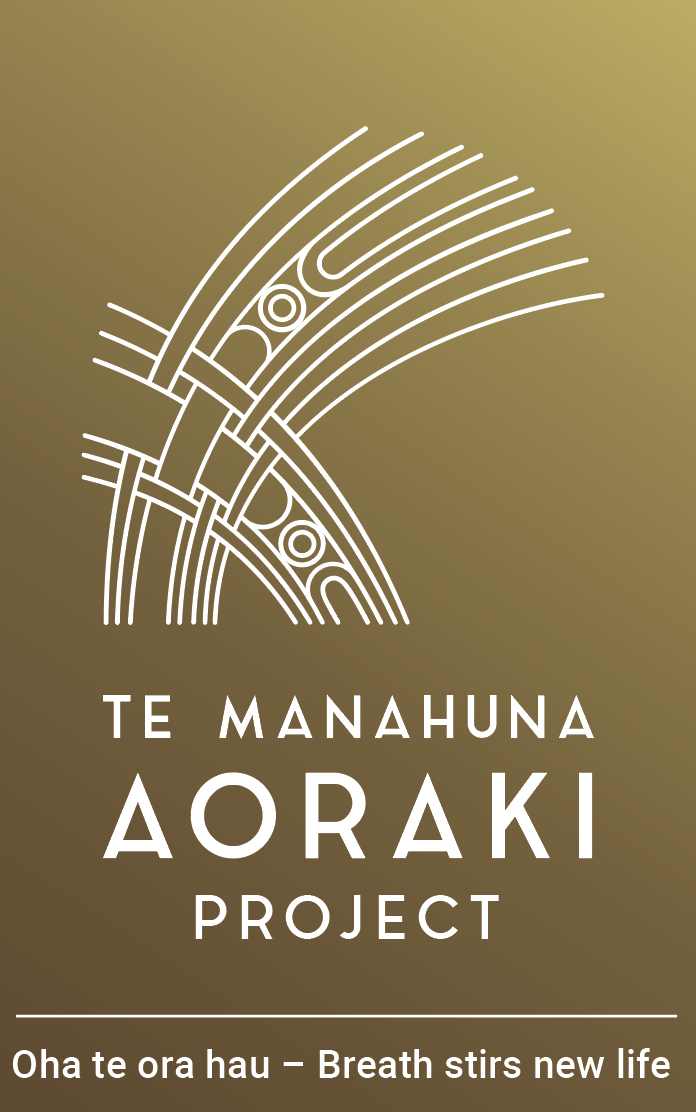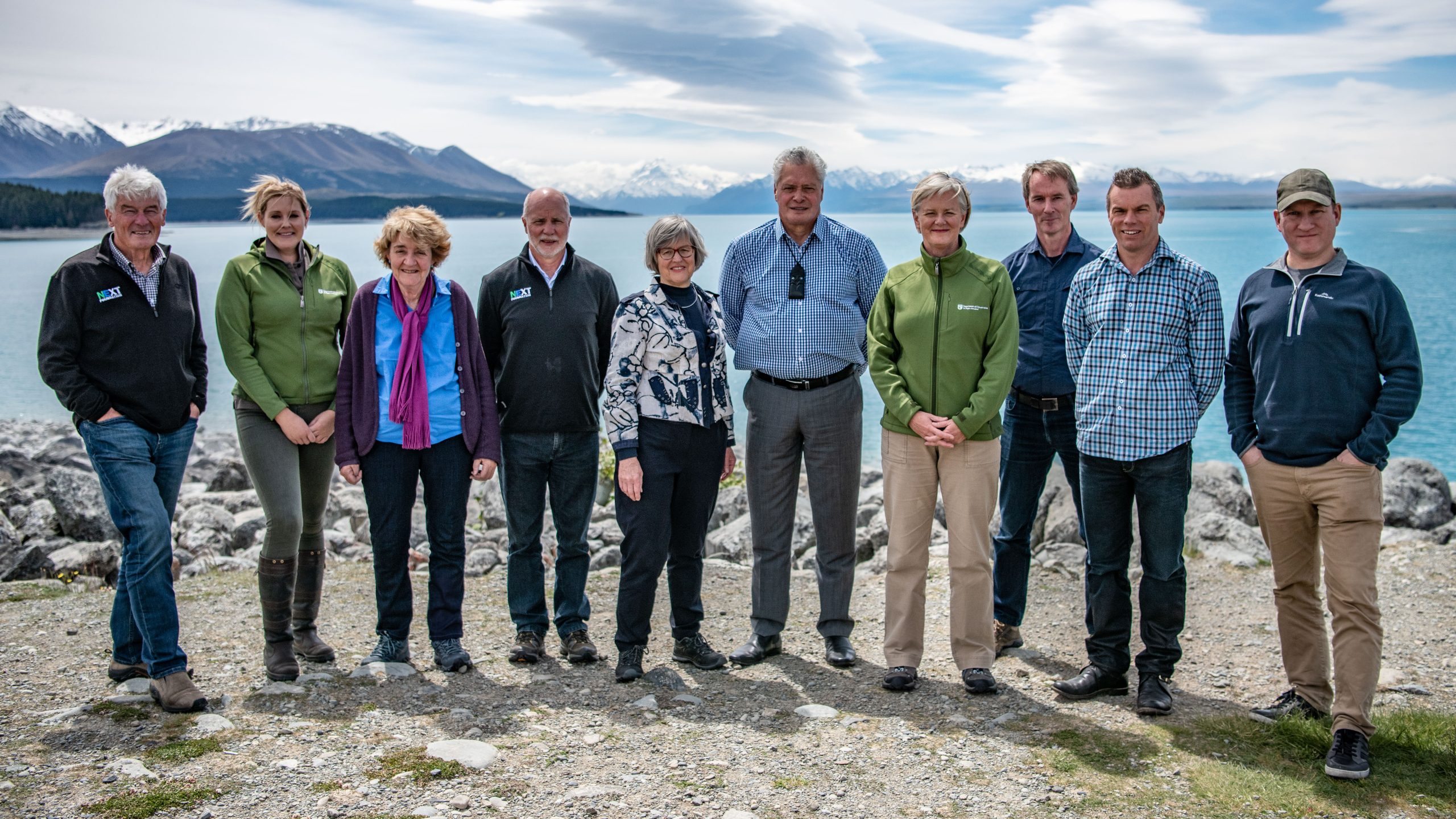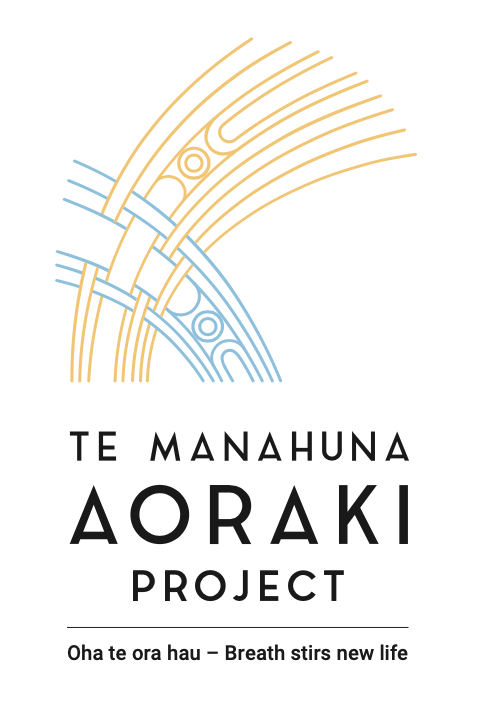A huge biodiversity project to preserve one of New Zealand’s most stunning landscapes and its threatened species has today been announced in Twizel.
The Te Manahuna Aoraki project will create a vast 310,000 hectare predator free mainland island in the Upper Mackenzie basin and Aoraki / Mt Cook National Park. The area is special to many New Zealanders and is known for its golden tussock land, towering snow capped mountains, high country farms and turquoise glacier fed lakes.
The project, which was announced by the Minister of Conservation, will preserve these unique landscapes, securing a safe habitat for endangered species ranging from kea and rock wren in the alpine zone to braided river species like wrybill, robust grasshoppers, jewelled gecko and the world’s rarest wading bird – the kakī, black stilt.
Former Parliamentary Commissioner for the Environment Dr Jan Wright will chair the Te Manahuna Aoraki project. “For me, one of the most exciting aspects is the number of partners, including private landowners, iwi, philanthropists and government departments who will all work together towards a shared vision to care for this fantastic landscape and ecosystem,” she says.
The Department of Conservation, NEXT Foundation, Te Rūnanga o Arowhenua, Te Rūnanga o Waihao and Te Rūnanga o Moeraki are the project’s founding partners. They are joined by high country landowners, and investors Aotearoa Foundation, Jasmine Social Investments, Global Wildlife Conservation (GWC) and Predator Free 2050 Ltd.

Dr Jan Wright, chair of Te Manahuna Aoraki launches the project in Twizel. (seated DOC Deputy Director General Partnerships Dr Kay Booth and Conservation Minister Eugenie Sage)
Department of Conservation Deputy Director General Partnerships, Kay Booth says the project area has some of the most distinctive landscapes, native plants and wildlife in the south island
“This is a fantastic opportunity for the Department of Conservation to work along-side partners and ‘turbo-charge’ the biodiversity work already underway. We need to act now as invading weeds, rabbits, wallabys and other introduced predators can significantly damage this iconic ecosystem in a relatively short time frame,” she says.
Hamish and Julia Mackenzie from Braemar Station say high country farmers are excited about the potential of Te Manahuna Aoraki.
“Long term these pests and weeds will not only change the landscape but they’ll also have a huge impact on the biodiversity in this area, and once it’s gone, it’s gone. We would be very proud to know we contributed to making this area predator free,” says Julia.
Te Manahuna is the Māori name for the Mackenzie Basin. David Higgins, representative of the three Ngai Tahu rūnaka says it means ‘the place of enlightenment, or place of energy’.
“Having an opportunity to be involved in enhancing an area around our Mauka Atua, our mountains, amongst our tīpuna lakes, is hugely important for the three rūnaka, the manawhenua of that area,” he says.
The NEXT Foundation’s Devon McLean says Te Manahuna Aoraki builds on similar projects in Abel Tasman and Egmont National Parks involving iwi and other partners that have resulted in shared outcomes reaching far beyond conservation.
“Te Manahuna Aoraki is part of a growing series of landscape scale biodiversity projects that NEXT is investing in to demonstrate how much can be achieved when parties are brought together for a common goal. Our shared experience, alongside new technologies can make a real difference to the biodiversity in this area,” he says.
Te Manahuna Aoraki will involve a $4.5 million three-year initial phase to extend protection for kakī / black stilt and other endangered species and to test tools and techniques for the proposed 20-year, landscape scale project.
Todays launch coincides with the opening of new kakī/black stilt captive breeding facilities in Twizel, funded by Global Wildlife Conservation(GWC). The new hatchery and aviary were officially opened by Conservation Minister Eugenie Sage and GWC CEO Wes Sechrest.
About Te Manahuna Aoraki
The 310,000ha site includes Aoraki Mt Cook National Park, which along with neighbouring mountain ranges will protect and enclose two thirds of the project area from most reinvading pests. Within the site lies Lake Pukaki and Lake Tekapo and the extensive braided river systems that feed them.
The partners have committed to support a $4.5 million, three-year initial phase of the project. During this phase predator control for threatened braided river and alpine species will be extended; work will be undertaken to control rabbits, canada geese, and invasive weeds like rowan and broom; research will be done on the altitudinal distribution of hard to manage pests; high altitude fences will be trialled; native fish protection work will be started; and a culture and ecological survey of islands will be undertaken.
Ultimately, the 20 year Te Manahuna Aoraki project aims to secure a vast 310,000 hectare predator free mainland island.


